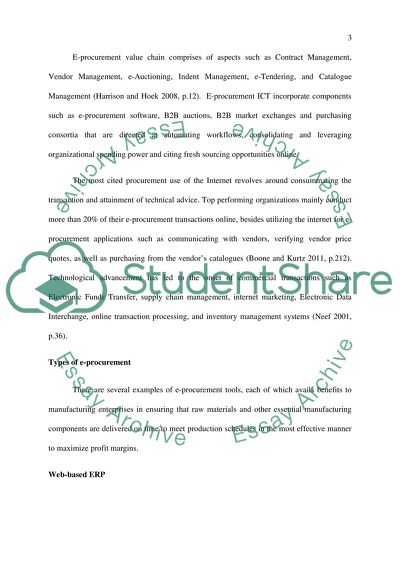Cite this document
(“Examples of e-Procurement applications and tools Case Study”, n.d.)
Retrieved de https://studentshare.org/e-commerce/1400641-examples-of-e-procurement-applications-and-tools
Retrieved de https://studentshare.org/e-commerce/1400641-examples-of-e-procurement-applications-and-tools
(Examples of E-Procurement Applications and Tools Case Study)
https://studentshare.org/e-commerce/1400641-examples-of-e-procurement-applications-and-tools.
https://studentshare.org/e-commerce/1400641-examples-of-e-procurement-applications-and-tools.
“Examples of E-Procurement Applications and Tools Case Study”, n.d. https://studentshare.org/e-commerce/1400641-examples-of-e-procurement-applications-and-tools.


